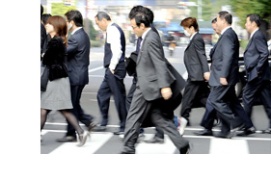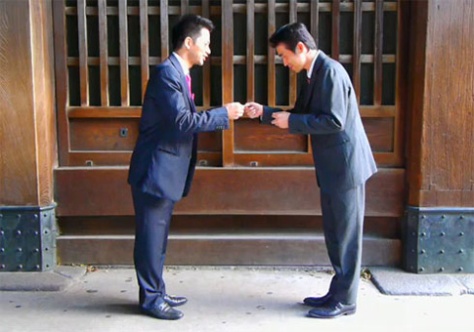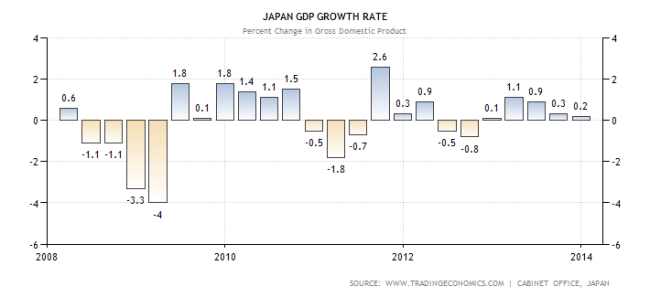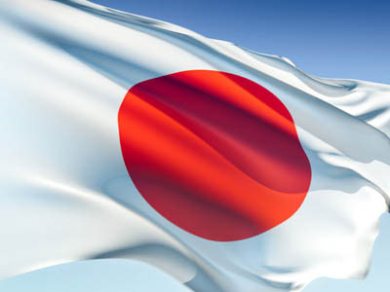For Canadians, it is almost second nature to tip waiters/waitresses, hairdressers, and taxi drivers. In Japan, on the other hand, most people believe that good service is standard and tipping is rude. The rare case in which tipping might be welcomed is for staff working for tourism companies. If tipping, you should put the tip in an envelope and hand over the envelope.
I also looked into customs regulations in Japan. Luckily we will not be planning to bring any restricted items but it is always better to look at a list of such items.
 Dress code is also good to be aware of, especially before packing. It is very important in Japanese culture to dress to impress (ie. formally). It is best to stick with dark colours – either black or dark blue. Your shoes should be easy to put on and remove (when entering personal homes you will be expected to remove them). Men should wear conservative business suits that are low key but come across clean-cut and respectable. Women should not wear heels and should avoid wearing pants. It is best to stick with conservative skirts.
Dress code is also good to be aware of, especially before packing. It is very important in Japanese culture to dress to impress (ie. formally). It is best to stick with dark colours – either black or dark blue. Your shoes should be easy to put on and remove (when entering personal homes you will be expected to remove them). Men should wear conservative business suits that are low key but come across clean-cut and respectable. Women should not wear heels and should avoid wearing pants. It is best to stick with conservative skirts.
Finally, there are many considerations for Japanese business card etiquette. Business cards are exchanged at the beginning of meetings, hence we’ll need to make sure we have enough available for everyone. When exchanging cards, you should stand up, face your counterpart, bow slightly, and hand your card with both side (in our case with the Japanese side facing up). It is more or less the same when receiving cards. To show respect, you should review the card and comment on it (for example, you can read their name to clarify pronunciation). If meeting in passing, you should place the card in your shirt pocket, wallet, notebook, or card holder. Essentially, how you treat someone’s business card will reflect your respect for them as an individual. If you are are seated at a meeting, place the card(s) neatly in front of you and look at it often. Business cards should be handed out liberally in Japanese business culture. As such, my partner and I will be printing out special business cards before leaving that will be tailored specifically for this trip. We will reach out to our translator that we have hired to provide a translation to be printed on one side of our business card.

The following is a link to a website with further considerations: http://matadornetwork.com/abroad/10-japanese-customs-you-must-know-before-a-trip-to-japan/














